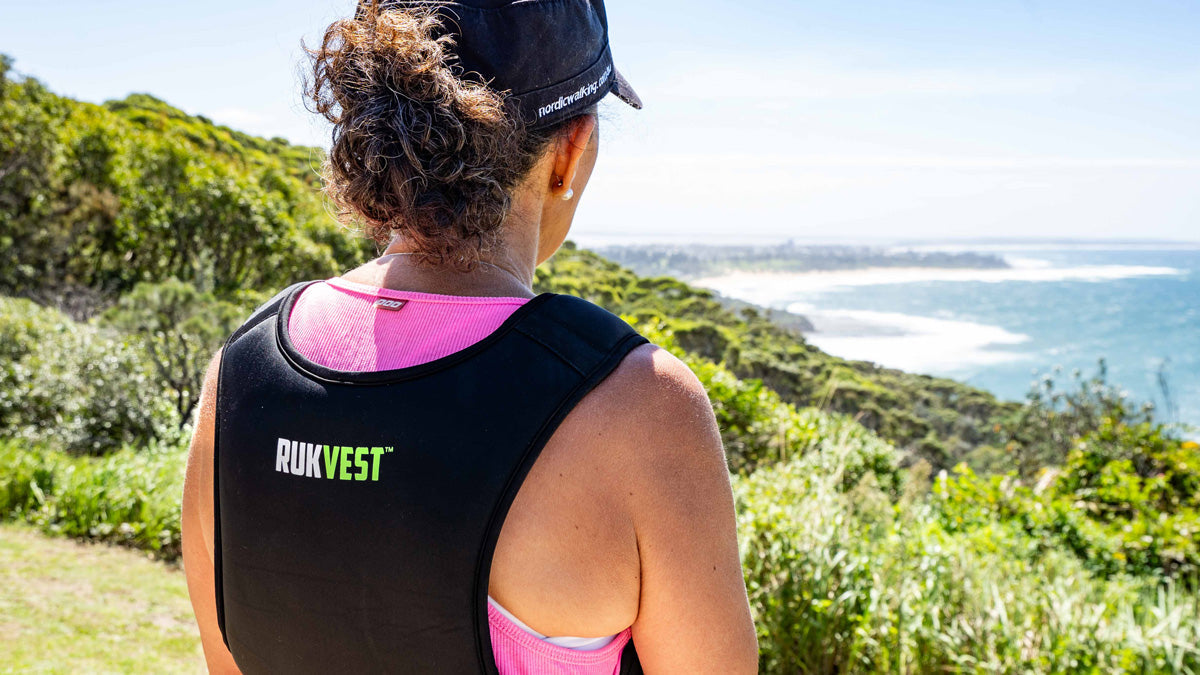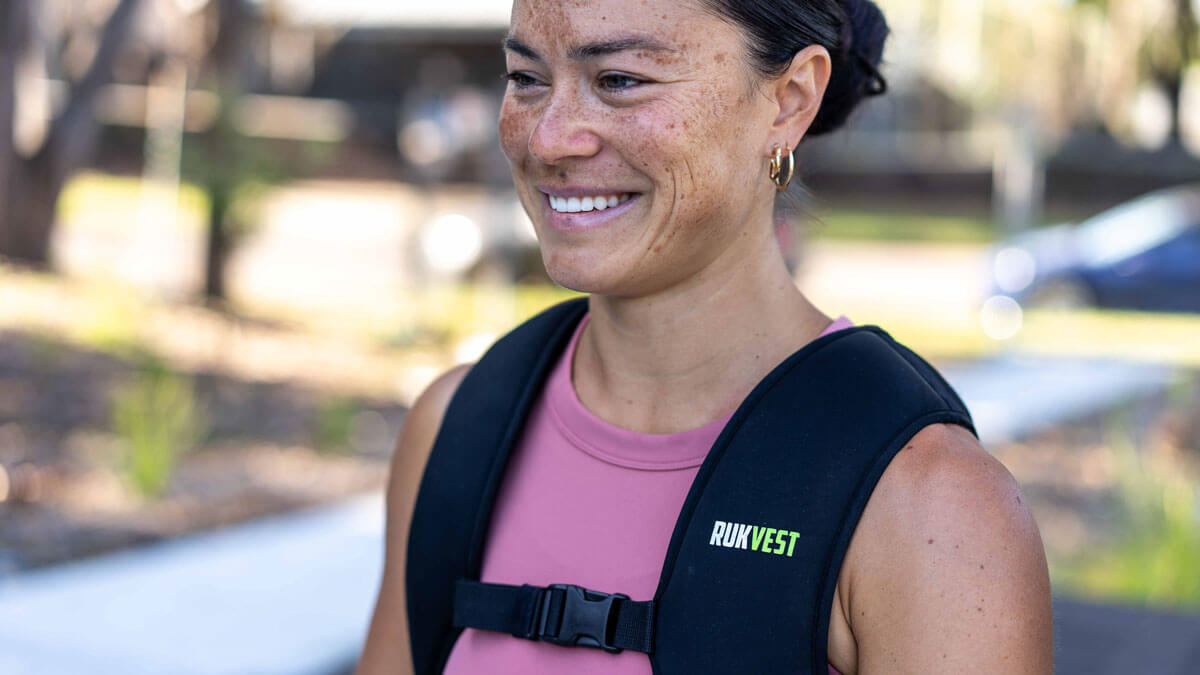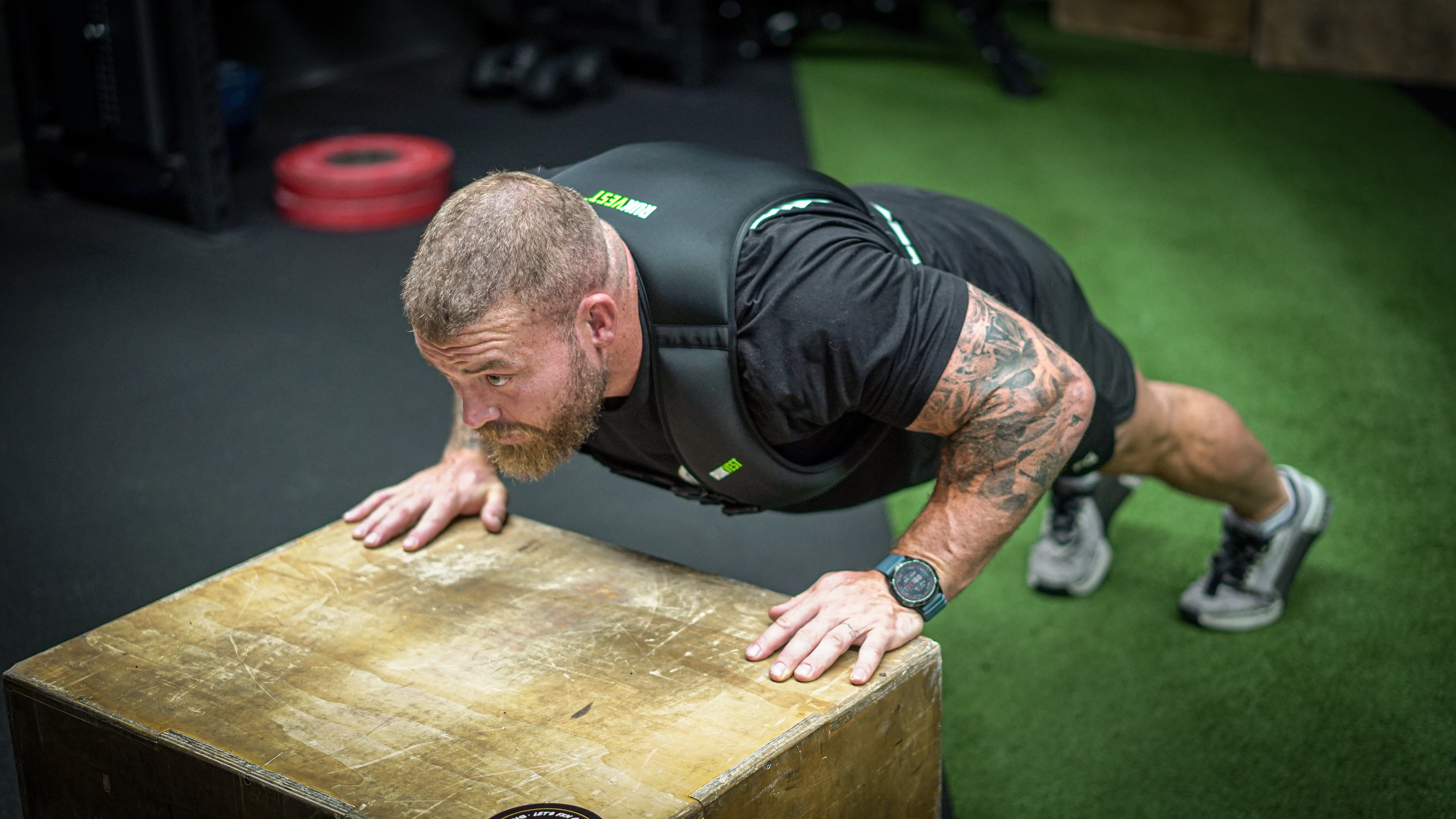Rucking during and after pregnancy offers potential health benefits but must be approached cautiously to ensure the safety for both the parent and the baby.
Here are some tips if you are considering rucking while pregnant or postpartum.
Key Takeaways
- Rucking can be safe and beneficial during and after pregnancy when done gently and with medical guidance.
- Start light, listen to your body, and prioritise posture, comfort, and pelvic floor health.
- Postpartum, build back gradually. Focus on core stability, light loads, and short distances first.
- Wear supportive shoes, stay hydrated, rest well, and make rucking social for motivation and enjoyment.
Rucking While Pregnant
Rucking is a low-impact exercise similar to walking but with added resistance from a weighted pack. It can help maintain cardiovascular health, build strength, and improve posture—all beneficial during pregnancy.
However, it’s crucial to make adjustments:
-
Consult Your Healthcare Provider: Before you consider adding or continuing rucking to your routine during pregnancy, go see your GP to ensure there are no individual risk factors or health conditions that might cause an issue.
-
What's Your Level of Base Fitness?: Consider what your exercise routine was like prior to pregnancy, if you didn't exercise prior to falling pregnant and are starting out due to the pregnancy … START REAL SLOW and real light. If you have held a good level of fitness prior to pregnancy, you can be a little less concerned with the intensity. Watching the training sessions that seven time crossfit games athlete Tia Claire Toomey did right up to the end of her pregnancy made even the most keen gym rats look sedentary (she had an ok level of base fitness though😂)
-
Weight and Distance: If you have rucked prior to pregnancy, the suggestion is to stick to the weight usually carried to avoid any excessive strain. The guideline for rucking in general is to keep the weight carried at between 5% and 15% of your bodyweight, if pregnant and just starting out rucking, we would strongly suggest the low end of that scale (or even lower). Remembering that any weight, no matter how small will make your walk more meaningful.
-
Intensity: During pregnancy your body is changing A LOT, so learn to listen to it. If you have a day when you are not feeling it, there is always tomorrow. On your ruck, avoiding any discomfort is the best tip, make it enjoyable and try and take a friend or two to ensure you can hold a conversation the whole time rucking.
-
Support and Posture: On the avoiding discomfort part from the point above, choose a well-fitted rucksack (we might be able to help you there 😉 with plenty of padding and aim to maintain an upright posture to avoid back or joint pain. If it's hard to hold a good posture, you are carrying too much weight.
-
Pelvic Floor Considerations: Be aware of any signs or symptoms of a weakening pelvic floor, if you experience leaking or heaviness during any kind of exercise seek the support of a pelvic health physiotherapist. Find one in your area here.
-
Pelvic pain: This is another common contraindication experienced by pregnant and postpartum women which can be aggravated by single leg exercises of which walking or rucking is one. We do not advise you to continue rucking if you are experiencing any kind of pelvic pain and again to seek the support of a woman's or pelvic health physio.

Rucking Postpartum
This is a tricky one to give general guidance on as no two birthing experiences are the same.
Postpartum exercise can be a great way to rebuild strength, improve endurance, and manage weight. But you need to implement a plan to safely return to exercise to ensure the benefits are actually beneficial long term.
If done correctly, the benefits will include enhancing core and pelvic stability and supporting mental health through movement and mindfulness.
Start slowly, with lighter weights and shorter distances, gradually increasing intensity as your body heals and strengthens. Incorporating strength training for the core and pelvic floor is especially valuable during this time and this is where consulting a MumSafe Trainer is highly recommended.

Other Considerations
-
Footwear: Use supportive shoes to protect your joints and to avoid any niggling foot or soft tissue injury. Take into account the terrain you plan on walking on and even go and see a professional like The Athletes Foot who can use MyFit3D technology to match the best shoes to your feet and walking style.
-
Hydration and Recovery: Stay hydrated and allow ample time for rest and recovery, again listen to your body.
-
Get Social: Rucking is way more fun with friends and family (and parent groups), the support and motivation will go a long way and we all know making exercise fun and enjoyable versus a chore will get better results in the long term.
So consider rucking as a versatile and accessible exercise modality that if done safely, can be integrated into a prenatal or postpartum routine with proper care.








Share:
Taking LISS training to the Next Level with Rucking
12 Tips for getting the most out of Rucking